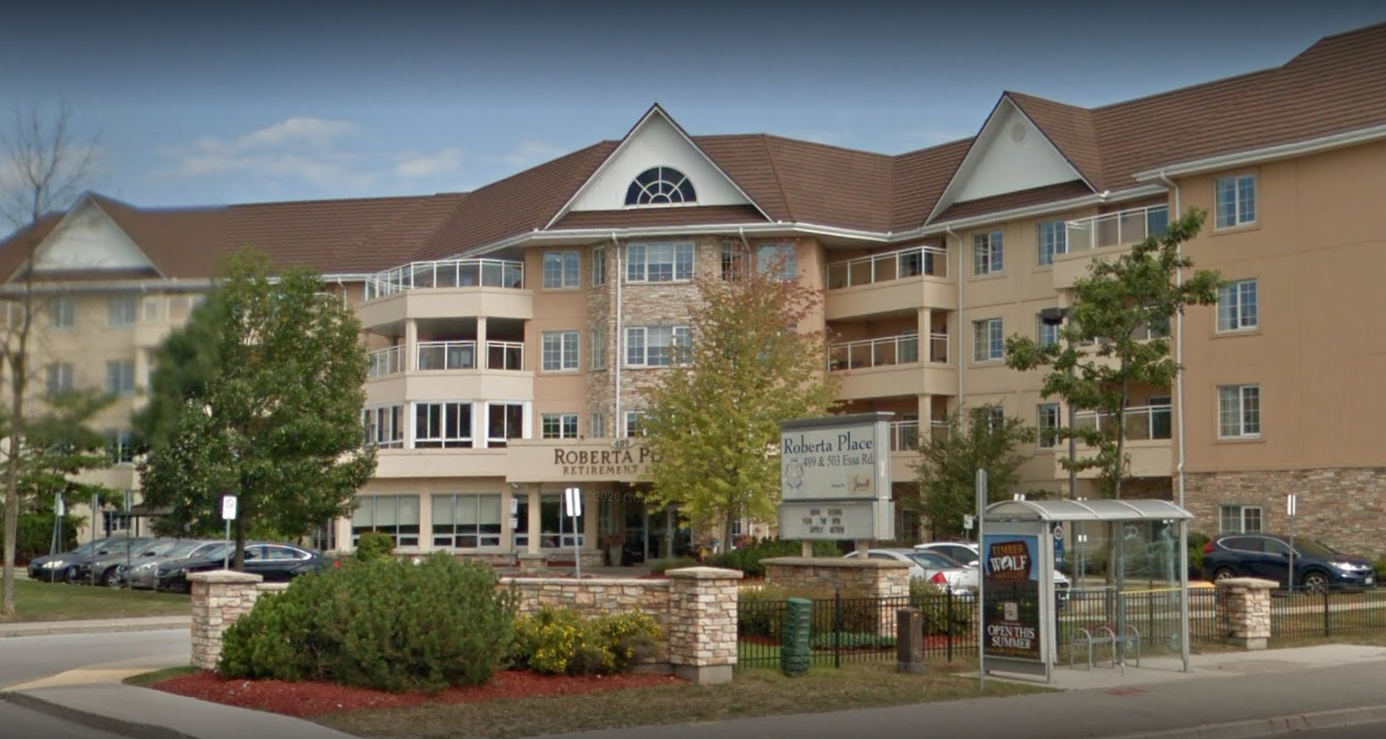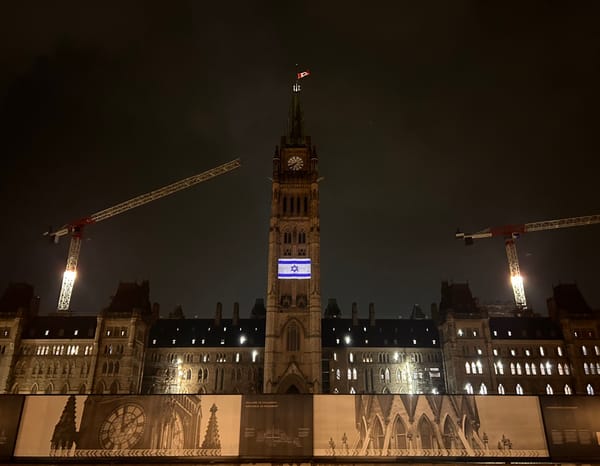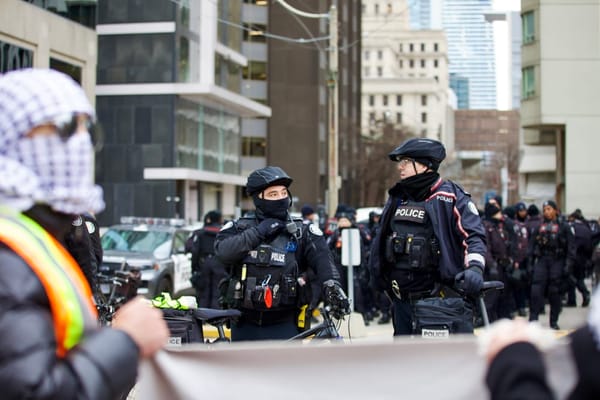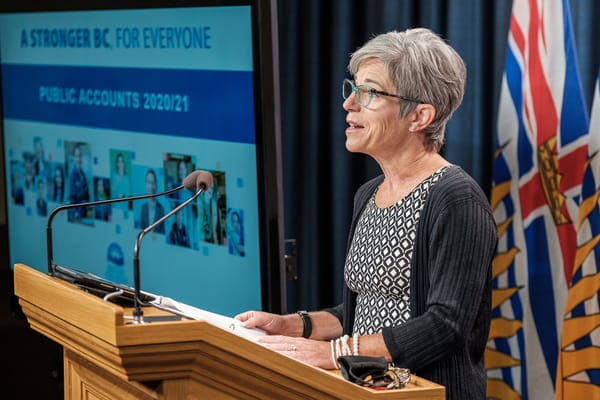Just how worried should Canadians be about COVID-19 variants? If you listen to the news: extremely worried.
Suspected variant cases are popping up all over Canada, and spreading through workplaces and schools.
On February 2, Karim Kurji, York Region’s chief medical officer of health, told CTV that when his team interviewed people who had the B.1.1.7 variant of COVID-19 they found that “some of them [had] actually not spent more than a minute or two minutes, doing some essential shopping in places.” Kurji said that there were 39 variant cases in Ontario’s York Region.
On February 4, CTV published a Canadian Press article about the variants, but this time it dampened the alarm somewhat. It paraphrased infectious disease expert and contact tracer Sumon Chakrabarti as saying “people sometimes think they caught the virus in perceived high-risk settings like grocery stores, but may have been infected elsewhere.” He added that variant or not, the highest-risk settings remain at home and in crowded workplaces.
As of February 21, there were 390 confirmed cases of the B.1.1.7 variant in Ontario, of more than 17,200 active cases overall.
The variants are worrisome, to be sure, but they are also offering useful political cover.
In long-term care, many have been quick to blame COVID-19 variants for the infections continuing to tear through these facilities, even though we’ve had almost a year to make them safer.
The most famous example is Roberta Place, a long-term care facility in Barrie, Ont. The for-profit facility owned by Jarlette Healthcare was the site of a fast-spreading COVID-19 outbreak earlier this year that became synonymous with the rise in attention on new, more virulent coronavirus strains.
From the first mention of the outbreak on Twitter by CTV reporter Mike Arsalides on January 11, until the end of the outbreak last week, 71 people at Roberta Place died. The outbreak was already the region’s largest when Arsalides tweeted about it, with 27 of 127 residents infected. By January 12, that number had already risen to two staff people and 40 residents.
The press jumped on this swift, frightening and seemingly out-of-nowhere outbreak, and Roberta Place entered the narrative as Canada’s first long-term care home mass-infection driven by an ultra virulent strain of COVID-19.
According to Colin Lee, the region’s associate medical officer of health, the virus was introduced by a single staff person who had close contact with someone who had travelled outside of Canada. On January 23, the health unit confirmed that six people at Roberta Place had the B.1.1.7 coronavirus variant. By this time, 29 residents had already died and nearly every resident had caught COVID-19.
But it wasn’t exactly true that cases went from zero to dozens as fast as media — repeating lines from local health officials — made it seem. The outbreak was declared on January 8, and by January 12 it had risen to 42 cases. Fast, to be sure, but not unseen elsewhere, especially considering that infections across Ontario were bounding thanks to the holiday season that had ended a week earlier.
Two weeks later, the outbreak’s timeline was sped up. On January 21, CP24 published an article by Chris Herhalt titled, “‘This has to be the variant’ Barrie, Ont. long-term care home saw 55 COVID-19 cases in 2 days.”
The two days are not explicitly identified in the article, though CBC reported the same thing, attributing the information to the local public health unit, and stating that 55 cases appeared “within 48 hours of the first COVID-19 case being identified.” This is despite the fact that the same public health unit reported that there were 27 cases on January 11, three days after the outbreak was declared.
Regardless of the exact numbers, the notion that this outbreak was caused by the variant was firmly in place, even if, at paragraph 21, Herhalt wrote, “While the variants are believed to be more contagious, there is no evidence to suggest they cause a more severe infection.”
Every mention of Roberta Place thereafter referenced this new coronavirus strain, often above or in place of what kind of conditions existed within the facility.
While the focus on Roberta Place stayed squarely on new coronavirus variants, the Ministry of Long-Term Care released a report on January 18 that examined the conditions of the facility, indicating that Jarlette Health Services had not taken very basic COVID-19 mitigation measures.
The report found that residents who had COVID-19 were kept in the same room as those without it, and that these residents sometimes came into close contact. Workers also provided care to both residents with and without a COVID-19 diagnosis. The facility also failed to employ safety precautions the moment residents received a positive COVID-19 diagnosis, and those who were supposed to be isolating in their rooms often moved throughout the facility.
News outlets reported the details of what the inspector found on January 25. And still, two days later, Canada’s national political affairs radio show “The Current” did a segment on the home that featured Simcoe-Muskoka District Health Unit Medical Officer Charles Gardner. Not once did either Gardner or host Matt Galloway mention the conditions of the residence. The segment, after all, was on emergent coronavirus strains.
By now, Canadians know how to protect themselves from COVID-19. The real question is whether or not they are able to: Do they have paid sick days and workplace safety rules that can keep them safe, or are they at risk where they work or live?
As COVID-19 cases fall across Canada, we need to be realistic about the variants: not that they pose a new pandemic threat, but that they reinforce the need to take COVID-19 seriously. And yet, as we round one year of this nightmare, politicians and bosses are still not listening.








Member discussion